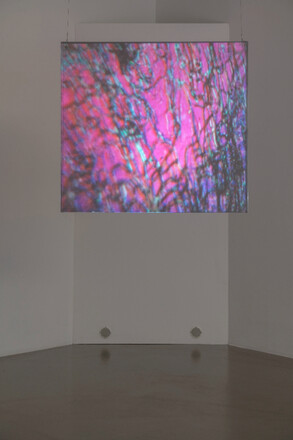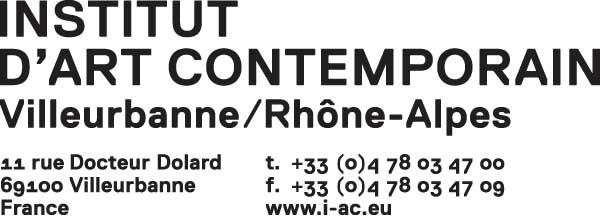Loan of the work from the IAC Collection, Villeurbanne/Rhône-Alpes :
Jean Painlevé, Transition de phase dans les cristaux liquides, 1978
Jean Painlevé, Transition de phase dans les cristaux liquides, 1978
Éprouver l’inconnu (Sense Unknown), 15/02/2025 to 18/05/2025, MO.CO. Montpellier Contemporain, Montpellier, France
Art & Science Season
After a season dedicated to contemporary figurative painting in France, followed by an exploration of the links between art and literature, MO.CO. Montpellier Contemporain is presenting three exhibitions this spring across its two art centers that delve into the relationships between art and science. This theme resonates with the history of the city of Montpellier, which has played a major role in education, the dissemination of knowledge, and scientific research.
At MO.CO., Sense Unknown brings together more than one hundred works by thirty artists, offering an open and porous journey between materials, experiments, disciplines, and eras, with the aim of testing reality – or what we know of it.
In Chaos : Making a New Science (1987), James Gleick points out that the development of a scientific theory is often based on the repetition of experiments and the recurrence of an event. An isolated event is therefore considered an error. However, in the research process, serendipity, chance discovery, accident, and the acceptance of a twist of faith open up new pathways that were beyond our predictions. We then move from known worlds into the unknown.
The artists in the exhibition Sense Unknown sometimes come from scientific backgrounds, while others have worked with scientists or are simply passionate about one of these fields. They share a common interest in experimenting with the unknown through the reinterpretation of scientific forms and processes.
Art & Science Season
After a season dedicated to contemporary figurative painting in France, followed by an exploration of the links between art and literature, MO.CO. Montpellier Contemporain is presenting three exhibitions this spring across its two art centers that delve into the relationships between art and science. This theme resonates with the history of the city of Montpellier, which has played a major role in education, the dissemination of knowledge, and scientific research.
At MO.CO., Sense Unknown brings together more than one hundred works by thirty artists, offering an open and porous journey between materials, experiments, disciplines, and eras, with the aim of testing reality – or what we know of it.
In Chaos : Making a New Science (1987), James Gleick points out that the development of a scientific theory is often based on the repetition of experiments and the recurrence of an event. An isolated event is therefore considered an error. However, in the research process, serendipity, chance discovery, accident, and the acceptance of a twist of faith open up new pathways that were beyond our predictions. We then move from known worlds into the unknown.
The artists in the exhibition Sense Unknown sometimes come from scientific backgrounds, while others have worked with scientists or are simply passionate about one of these fields. They share a common interest in experimenting with the unknown through the reinterpretation of scientific forms and processes.


